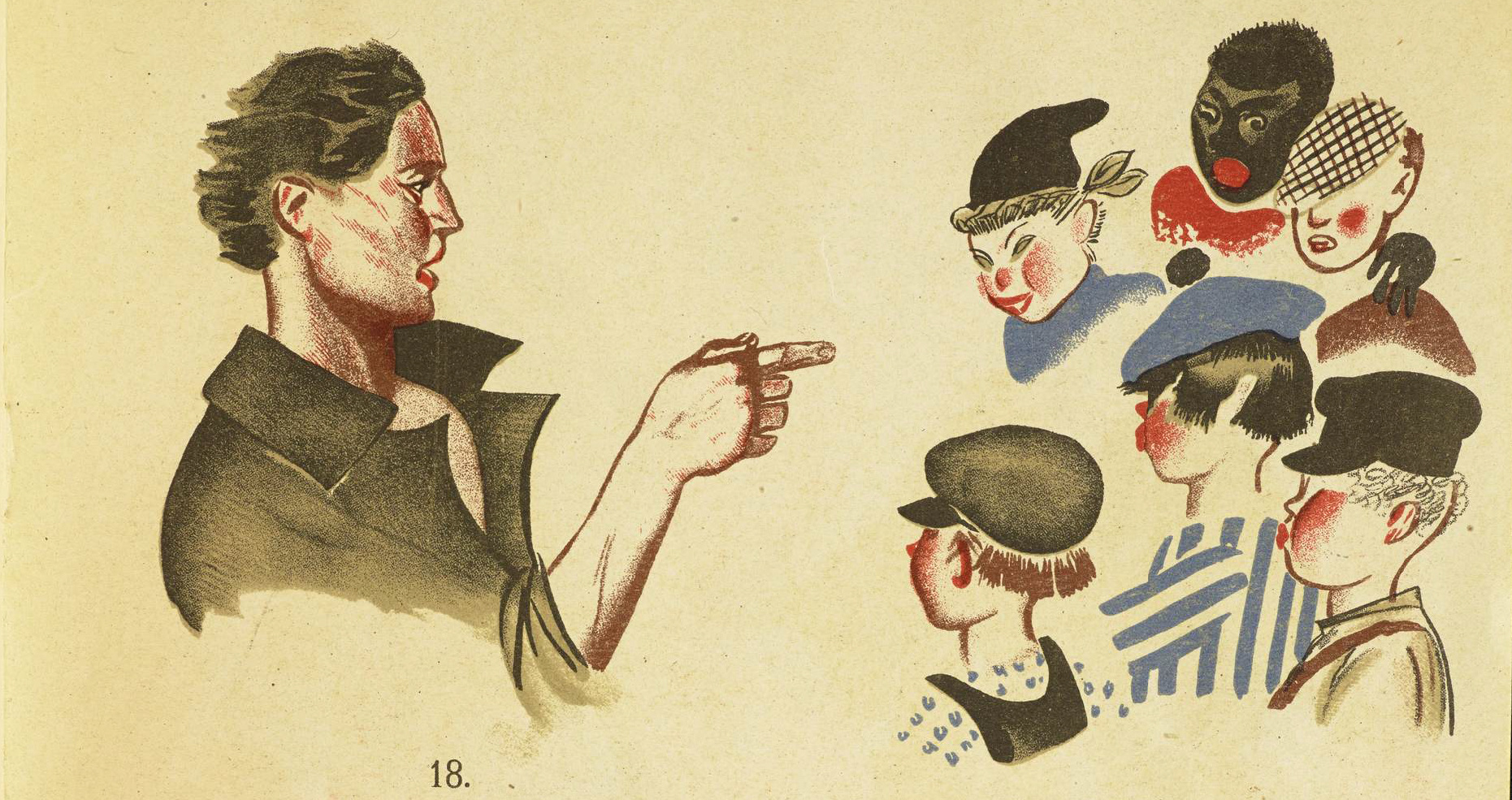 The obvious fact that most of the Soviet illustrators, apart from being professional artists, have also been attentive and eager moviegoers needs no special proof; it is possible to discern in their work some particular devices and even traces of broader cinematic aesthetics borrowed from a highly fashionable new medium. While the discussion of how literature has influenced film has become a cliché, in my paper I will reconstruct the “shot reverse shot” paradigm, i.e. consider an immediate effect of the early Soviet movies (by Vertov, Eisenstein, Pudovkin, and others) on both literature and the art of book illustration concurrently produced for the Soviet children, with examples from the Princeton collection.
The obvious fact that most of the Soviet illustrators, apart from being professional artists, have also been attentive and eager moviegoers needs no special proof; it is possible to discern in their work some particular devices and even traces of broader cinematic aesthetics borrowed from a highly fashionable new medium. While the discussion of how literature has influenced film has become a cliché, in my paper I will reconstruct the “shot reverse shot” paradigm, i.e. consider an immediate effect of the early Soviet movies (by Vertov, Eisenstein, Pudovkin, and others) on both literature and the art of book illustration concurrently produced for the Soviet children, with examples from the Princeton collection.
Appers, B. Dnevnik kinokritika: 1928-1937. Moscow, 1995.
Bazin, André. What is Cinema? Berkeley: UC Press, 1971.
Pudovkin, V. Film Technique and Film Acting. NY: Bonanza Books, 1949.
Shklovskii, V. Za sorok let. Stat’i o kino. Moscow, 1965.
Deineka, A. Parad Krasnoi Armii (GIZ, 1930)
Poret, A. Kak pobedila revoliutsiia (GIZ, 1930)
Kobrinets, F. Knizhka-kino-seans o tom, kak pioner Gans Stachechnyi Komitet spas (Leningrad: OGIZ-Molodaia gvardiia, 1931)

